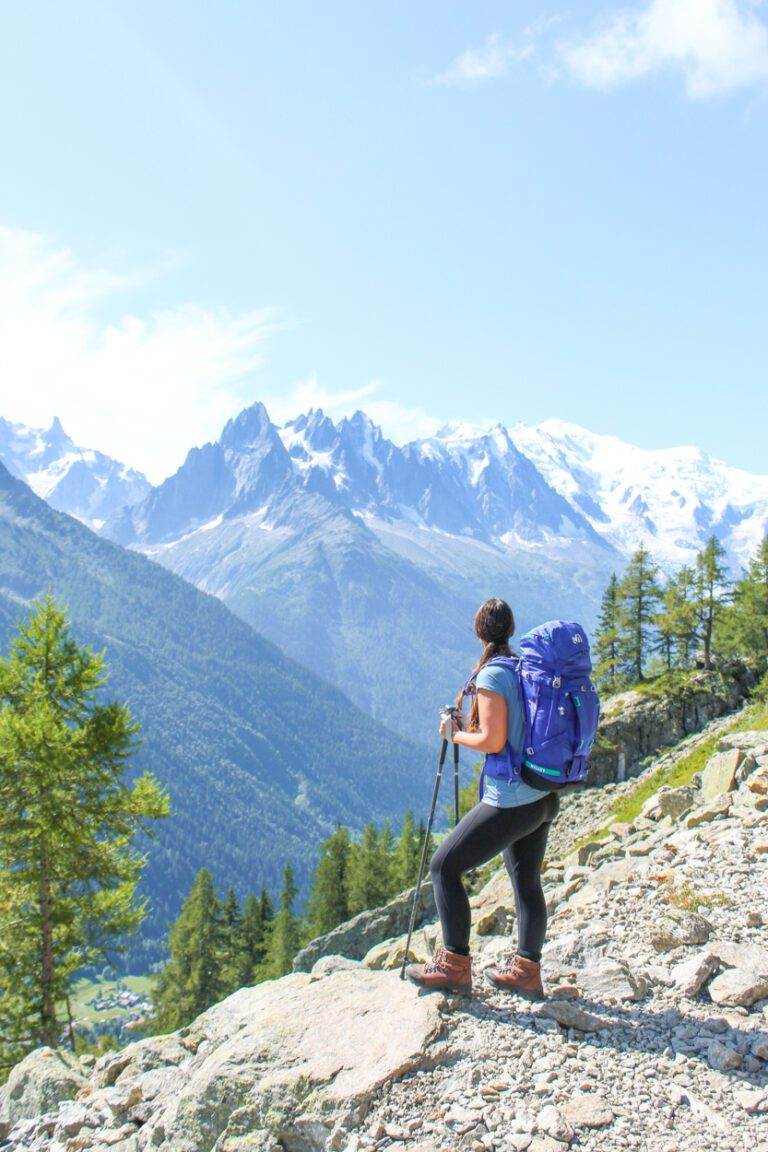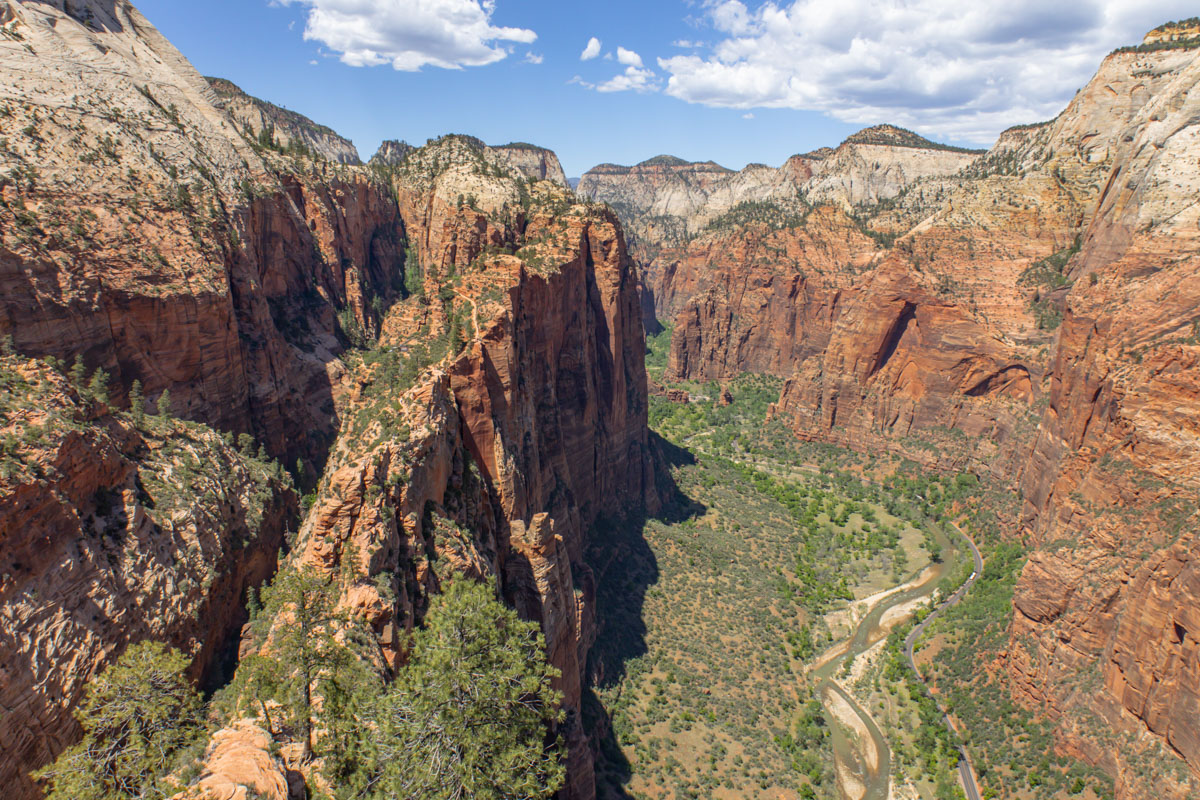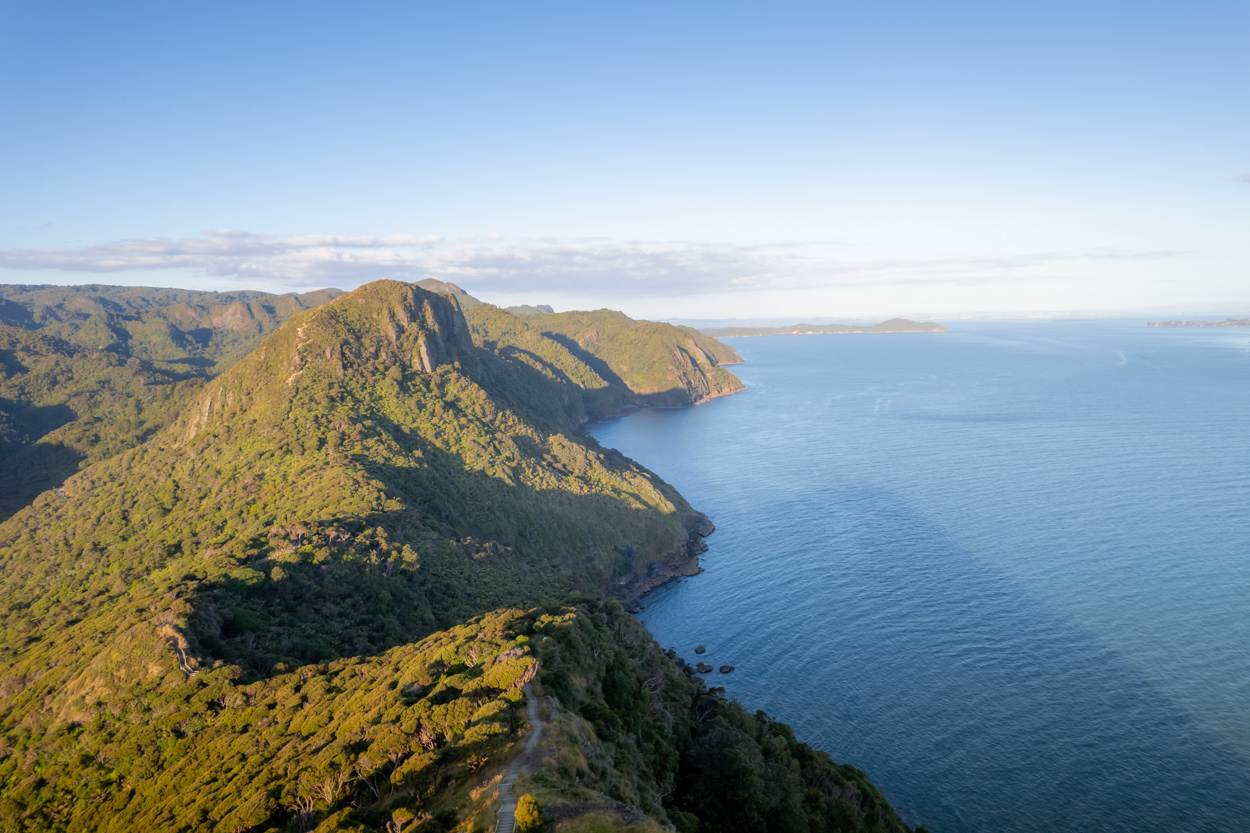When heading out, there’s a list of essential photography gear for hiking that I always make sure to pack. Photographing landscapes and the outdoors is one of my favourite activities, but having the right equipment is crucial. Especially important when trekking through varied and often unpredictable conditions. Whether you’re a beginner or a seasoned photographer, packing smart and selecting the right gear can transform your experience. These items have supported me on everything from day hikes to multi-day treks, through all kinds of weather.
This guide covers the essential photography gear for hiking, helping you capture those once-in-a-lifetime shots while staying comfortable and safe on the trail.
This post may contain affiliate links. Your purchase through these links supports me with a commission, at no added expense to you.

CAMERA ESSENTIALS
THE RIGHT CAMERA BODY
Selecting the right camera body is crucial for long hikes where every ounce matters. Mirrorless cameras are a popular choice among hiking photographers due to their compact size. They are lighter than traditional DSLRs without compromising on image quality.
According to Outdoor Photographer, mirrorless cameras like the Sony Alpha series or Canon’s EOS R models offer advanced features in a smaller, more travel-friendly package. Their powerful sensors deliver sharp images, while their electronic viewfinders provide a preview of exposure settings in real time. Personally, I’ve had my Canon EOS R6 for three years and there’s never been a time where I have regretted buying it.
WEATHERPROOFING
Hiking can bring unpredictable weather, from rain to dust, so a weather-sealed camera is something to be considered. Many mirrorless and DSLR options now offer this feature, which helps protect your gear from the elements.
However, if your camera isn’t weather sealed, a camera cover should be on your list of essential photography gear for hiking. This shell by Peak Design is a perfect addition and adds an element of protection. It’s also adjustable so easy to pull on and off when needed on the trail.
CAMERA CLIP
A camera clip is a game-changer for hiking, especially when you want your camera accessible. Camera clips, such as the Peak Design capture clip attaches to your pack strap, allowing you to securely and comfortably carry your camera on your front, keeping your hands free. It not only creates space in your bag but also keeps your camera safe from swinging and potential impacts.
LENSES
WIDE-ANGLE LENS
Wide-angle lenses, typically between 10-24mm focal lengths, are essential. These lenses allow you to fit more into your frame, which help highlight destinations that have vast spaces. Unfortunately, I didn’t have a wide angle lens for hiking the Navajo Loop which would have been ideal to capture the unique geological formations. According to Photography Life, wide-angle lenses, like the Canon 16-35mm f/4 or Sony 10-18mm f/4, are highly versatile for landscapes, offering sharpness and depth across the frame.
PRIME VS. ZOOM LENS
Choosing between a prime and zoom lens depends on personal preference and the types of shots you plan to take. Prime lenses, known for their lighter weight and better image quality, are great if you’re aiming for sharp, precise shots and don’t mind moving physically to adjust your composition. Zoom lenses, like the Canon RF 24-105mm, offer versatility, especially useful when you’re hiking through diverse terrains. Personally I’ve found in outdoor scenarios that a zoom lens allows you to be much more diverse in your image taking. It’s helped me to build a library that I’m really proud of.
TELEPHOTO LENSES
Telephoto lenses, with focal lengths between 70-200mm, or depending even more on your preferred subject matter 200-400mm let you capture details from afar. This isn’t on the list of essential photography gear for hiking, however having a lens such as this allow you to capture distant details while keeping a safe distance.



TRIPODS
Finding a lightweight, travel-friendly tripod was always essential for me, especially when hiking solo through Utahs national parks. It allows me to capture sharp low-light images, like sunrise or sunset shots, and take self-portraits without needing extra help.
I would highly suggest a compact, carbon fibre tripod. The Manfrotto and Peak Design models are perfect for hiking as they are lightweight but don’t compromise on stability or quality.
POLARISING AND UV FILTERS
Polarising filters are helpful for many things. Photographers use them for enhancing natural colours, minimising glare from water, snow, and glass. Polarisers can also add depth to skies and water surfaces, enriching colours and reducing reflections. Purchasing a polarising filter is really all up to personal preference and what your aesthetic is.
A more affordable option which keeps your camera lens protected is a UV filter. This serves as an inexpensive layer against dust, scratches, and accidental bumps. Many photographers recommend using UV filters on hikes for peace of mind. I personally think that at a minimum this should be a part of the essential photography gear for hiking list.


CAMERA AND HIKING BACKPACKS
When looking for a hiking-friendly backpack that was also multi-faceted with consideration for photography there were some stand outs. I essentially looked for something durable, lightweight, and partially weather-resistant. There were also other considerations like comfort, security and compartments that keep gear organised.
Hiking-friendly camera bags, like Lowepro ProTactic BP 450 AW II, offer modular compartments, weatherproof zippers, and padding to keep your gear safe. Quick-access compartments are important as it makes it easy to grab your camera or switch lenses without having to unpack entirely. Bags with ergonomic designs, like the WANDRD PRVKE, distribute weight evenly, preventing shoulder strain on longer hikes.
I recently purchased the Thule Aspect DSLR Camera Backpack and this is perfect as I also need space for a drone. I also liked that it had a removable, padded hip belt, entry through the side for ease and allowed space for the additional extras you’d need on a hike.
BACKUP GEAR
Additional memory card and batteries are essential, especially for extended hikes where charging options are limited. I always make sure to have extra memory cards, batteries and a portable charger. By bringing backups, you can keep shooting throughout your hike without worry.
CLOTHING AND ACCESSORIES
Being prepared for all possible weather conditions is a must-do when it comes to clothing. Layering is key to adjust to temperature changes and unpredictable weather. Lightweight, moisture-wicking base layers will help keep you dry, while waterproof outerwear protect against unexpected showers, should they arise. There are so many other things to have as a part of your kit that isn’t essential photography gear for hiking but is essential to your well-being.
Things like a headlamp–helpful for navigating trails or setting up shots in dim conditions, especially on remote trails.
If you’re looking for tips on what to pack for a hiking trip, check out my blog post covering everything I packed for my solo Utah adventure here.

SUMMARY
In this post, we covered essential photography gear for hiking, from camera bodies and lenses to filters and tripods. Whether you’re a beginner or an experienced photographer, having the right gear can make all the difference in capturing those unforgettable outdoor moments. With the right tools, you’ll be prepared to photograph your hikes comfortably and safely, without hassle.
For more tips and insights, check out our comprehensive travel guides to top destinations around the world.